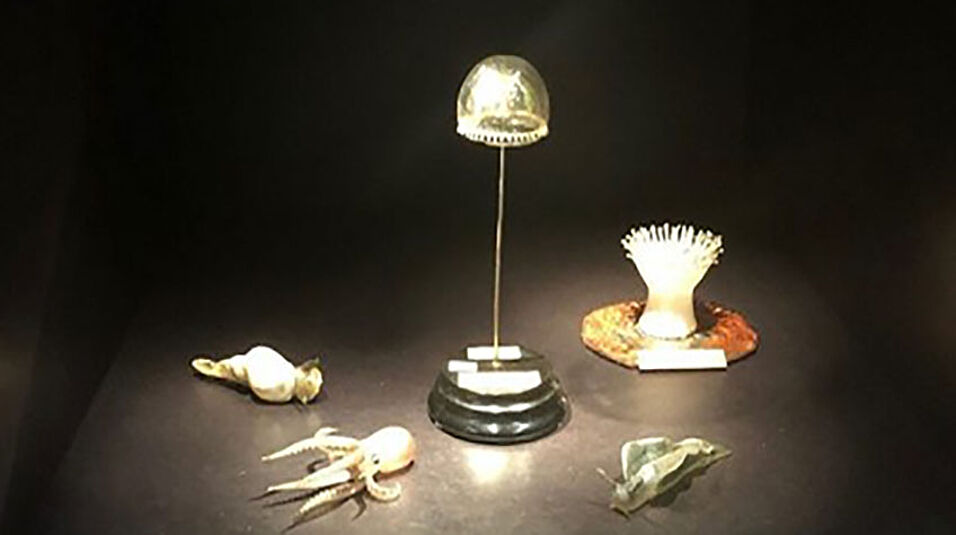In addition to the approximately 110 models of marine animals that are kept in the Zoological Collection of the University of Vienna and the 45 objects that have been on loan to the Natural History Museum in Vienna since 2016, five selected and carefully restored pieces will be presented to the public in the Kunsthalle of the Hypo-Kulturstiftung München from 17 August 2018 to 13 January 2019 in the exhibition "Lust der Täuschung: From Antiquity to Virtual Reality". The exhibition promises visitors, in the spirit of the Blaschkas, who just wanted to offer deceptively real models, that on the perception of our eye alone can not be relied on. Here Maximilian Petrasko is going to report about the journey of the valuable and fragile glass objects from Vienna to Munich [read more].
Thrill of Deception. From Ancient Art to Virtual Reality
17 August 2018 – 13 January 2019, Kunsthalle München

